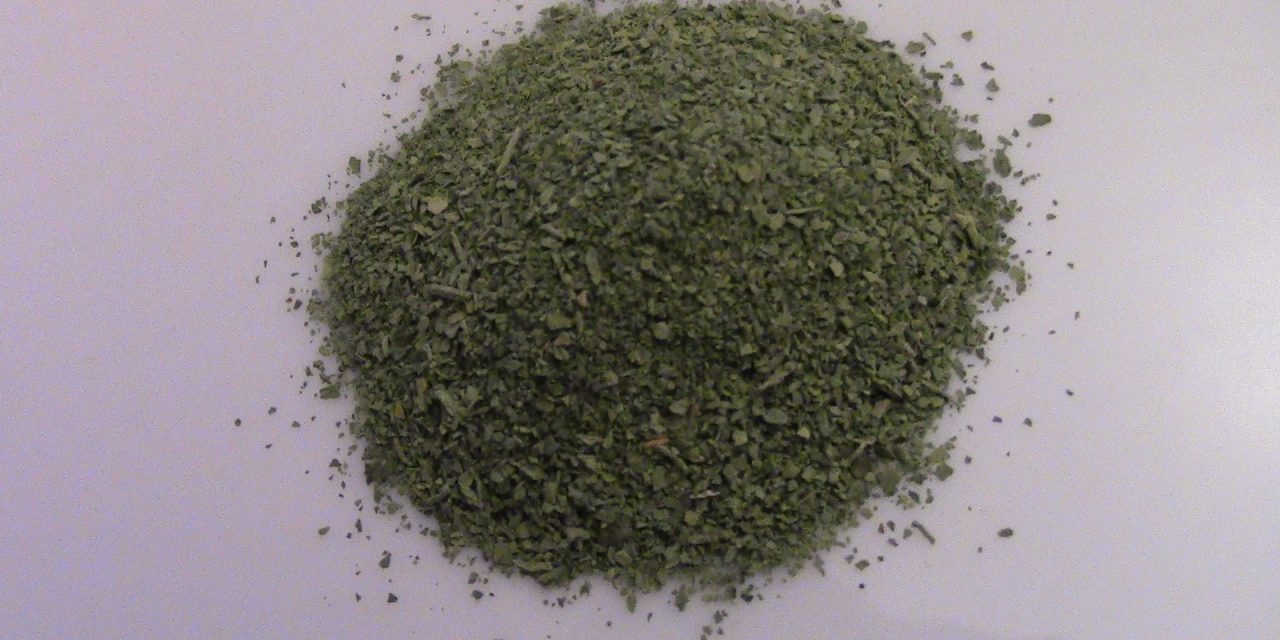 Epazote is the preferred herb in Mexican dishes. It adds a certain earthiness to food, providing a balance with flavors like lime and coriander. It helps relieve the beans of their natural gasses that cause flatulence in human beings.
Epazote is the preferred herb in Mexican dishes. It adds a certain earthiness to food, providing a balance with flavors like lime and coriander. It helps relieve the beans of their natural gasses that cause flatulence in human beings.
Even though I grew up cooking in the Southwest all my life, I had not heard mention of using this plant for cooking. By the time I could reach the stove and stir the pot, my grandmother and other cooking teachers were using Mexican oregano instead of epazote. I heard about this herb (weed) for the first time while working in a country club in the middle of Phoenix. One of the chefs there introduced me and I am forever grateful.
Discovering this herb has been a joy. Epazote imparts an earthy flavor into food that cannot be found anywhere else. It really has no equal in taste. It is said that the spice ajwain from India is a worthy stand-in, but if you can’t find it, don’t use any other substitute or the food will be missing an expected depth that epazote adds.
I’ve never really had inquiries into what that flavor in my food was. It’s a back-palate sort of taste. If you aren’t looking for it, you won’t even know it’s there. I enjoy a secret pride in providing a mysterious flavor in my food.
All About Epazote
Epazote has quite a few names: pigweed, wormseed, Baltimore oil, Mexican tea, Jesuit tea, Erva de Santa Maria. The list goes on. The herb was transported back to Europe during the Discovery years and prospered. It is found all over the world now, especially in Africa where the climate is much like Mexico and Central America.
Taking an example from the Aztecs, epazote has been used as a vermifuge, and was listed in the United States Pharmacopoeia from the 1820’s through the 1940’s as such. The herb is used to expel parasites. It stuns the invasive creatures and then a laxative is taken to help pass the parasite. The rise of modern synthetic drugs has rendered the use of this herb unnecessary. But the practice is still common in remote areas that do not have ready access to modern medicine.
It is even used by farmers for pest control. Bugs seem to be turned off by the smell of this weed, making it a natural alternative to pesticides. Once you dry it and clean it, you’ll know why. It has a smell between creosote and petroleum. Don’t worry, it will still taste wonderful in your food.
How I Use It
 I buy epazote fresh at the market and dry it myself. It costs .99 cents to $1.29 a bunch and takes several days to dry. I then crumble it and toss it into the dishes I’m cooking. If you want to use epazote and cannot find it fresh in your market, there are a variety of online sources to buy it dried. If you have a green thumb and can find the seeds, try growing this herb in your garden.
I buy epazote fresh at the market and dry it myself. It costs .99 cents to $1.29 a bunch and takes several days to dry. I then crumble it and toss it into the dishes I’m cooking. If you want to use epazote and cannot find it fresh in your market, there are a variety of online sources to buy it dried. If you have a green thumb and can find the seeds, try growing this herb in your garden.
Add a full bunch of epazote fresh into a pot of black beans, pinto beans, or adzuki beans, even if you are pressure cooking. Toss the dried herb into calabacitas, corn medleys, even spinach saute if you are feeling brave. Try adding different amounts until you get the flavor or taste that you like. I’ve found that about a teaspoon (about ½ an ounce) works really well in most dishes.







